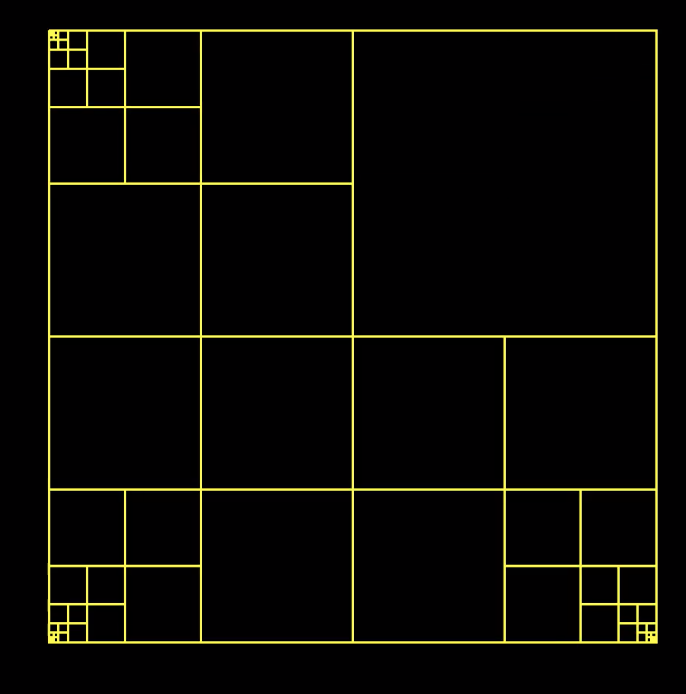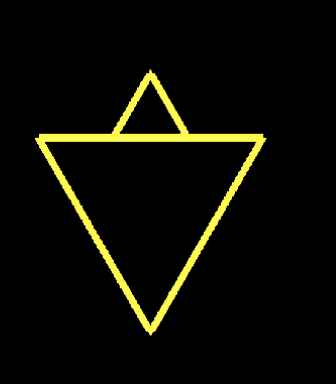
So, the koch curve is hard! Some issues so far:
- Diagonal lines are hard.
- Adding thickness is variable.
- Resolution is hard.
- I think I need to figure out how to properly use recursion.
I’m starting to get pretty good with Python3, which is a plus. I’ve been working with it in my capstone project, as well as my current research position. My work with fractals has definitely helped me wrap my head around classes and objects. A step up from CSCI 1320, lol.
Turns out, converting 4D numpy arrays to .mp4s is extremely simple. My next step will be to output the video dynamically.
I think my highest priority in this project will be properly aligning frame transitions to the beat / key signature of a song. If anything was off, I’m not sure if I would even want to present it. It sounds like Adobe After Effects may be a good thing to pursue.

Check this out: https://wp.me/a74uWv-7p6
or try this link: https://drive.google.com/file/d/1hzCi1O1oJHZLyNemT7pGQrIhXlLOxyEd/view?usp=sharing
Some alternatives for this project would be taking a more colorful, psychedelic route. I’ve found a few pretty complex fractal generations on youtube with open source code available! Below are a few that I’m considering.
The above videos could definitely prove to be some alternative aesthetics that could play into my same idea. We’ll see how everything turns out!

1 Comment. Leave new
Statement of Meaning: I have been so inspired by fractals and fibonacci sequences. It is incredible that these mathematical phenomena permeate all of nature, art, and beauty. It is incredible that you are bringing the math to life in a visual way to shed some more light on the transcendence of math and nature.